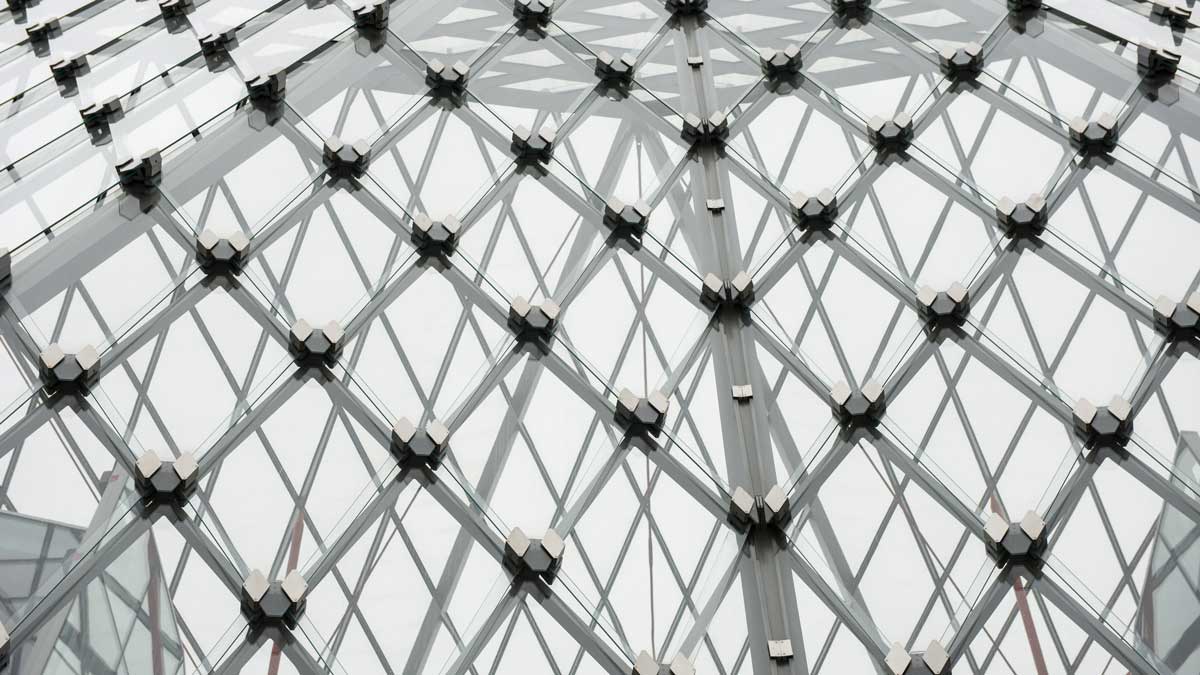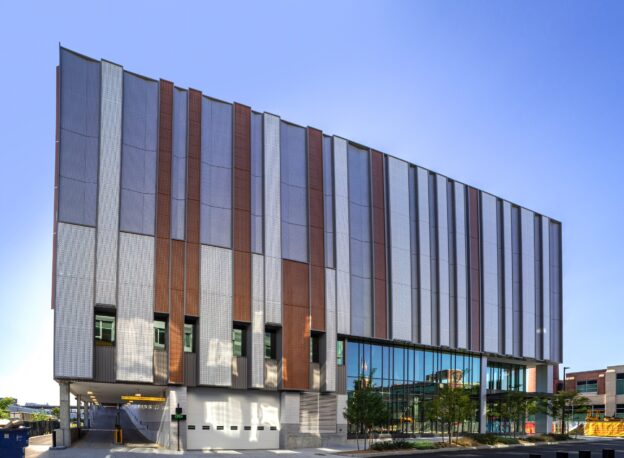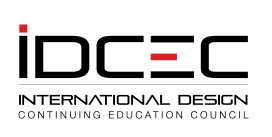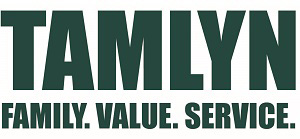Metal cladding is on a growth trajectory globally. This is reflected in rising demand for rainscreen cladding, which market research firm VMR values currently at over $10 billion worldwide, and expects to see grow to over $16 billion by 2028. Adding to that is robust demand for—and faith in—architectural metal coatings, which are advancing from about $5 billion today to just under $6 billion by 2026, according to analyst Research and Markets. On top of that are recent advances in building science and metal cladding manufacture that increase the systems’ attraction, including the use of composite clad metals such as carbon steels bonded to more corrosion-resistant materials like copper and stainless steels, which result in lamellar composites with desirable properties not possible with a single material. Instead of using adhesive or extrusion bonding, these composite metals are made through hot rolling, centrifugal casting, brazing, and weld cladding. Sometimes called “clad metals,” these materials are further advancing the benefits and performance of metal cladding systems, which are proliferating both in types and aesthetics. Some of the more widely used are insulated metal panels (IMPs), metal composite materials (MCMs), and aluminum composites materials (ACMs), as well as single-layer or solid-plate metal panels. Some are used in conjunction with metal building subassemblies or prefabricated, modular systems. In all cases, the options are many and benefits considerable.
LEARNING OBJECTIVES
After reading this article, you should be able to:
- Discuss the differences in application and performance criteria for various solid metal and metal composite claddings
- Describe the basic function of insulated metal claddings and aluminum composite materials, and how they impact building performance
- Explain how IMP systems used for overcladding can contribute to facade function in existing buildings
- List two or more cladding finishes and technologies that can improve the performance of a building by enhancing its enclosure’s effectiveness









